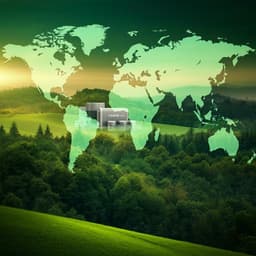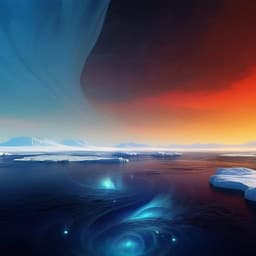
Earth Sciences
Climate change favours large seasonal loss of Arctic ozone
P. V. D. Gathen, R. Kivi, et al.
Discover how rising temperatures and human activity are impacting Arctic ozone loss in this crucial research conducted by Peter von der Gathen, Rigel Kivi, Ingo Wohltmann, Ross J. Salawitch, and Markus Rex. Their findings warn of potentially worsening conditions for ozone depletion throughout this century if greenhouse gas emissions continue to rise.
~3 min • Beginner • English
Related Publications
Explore these studies to deepen your understanding of the subject.







